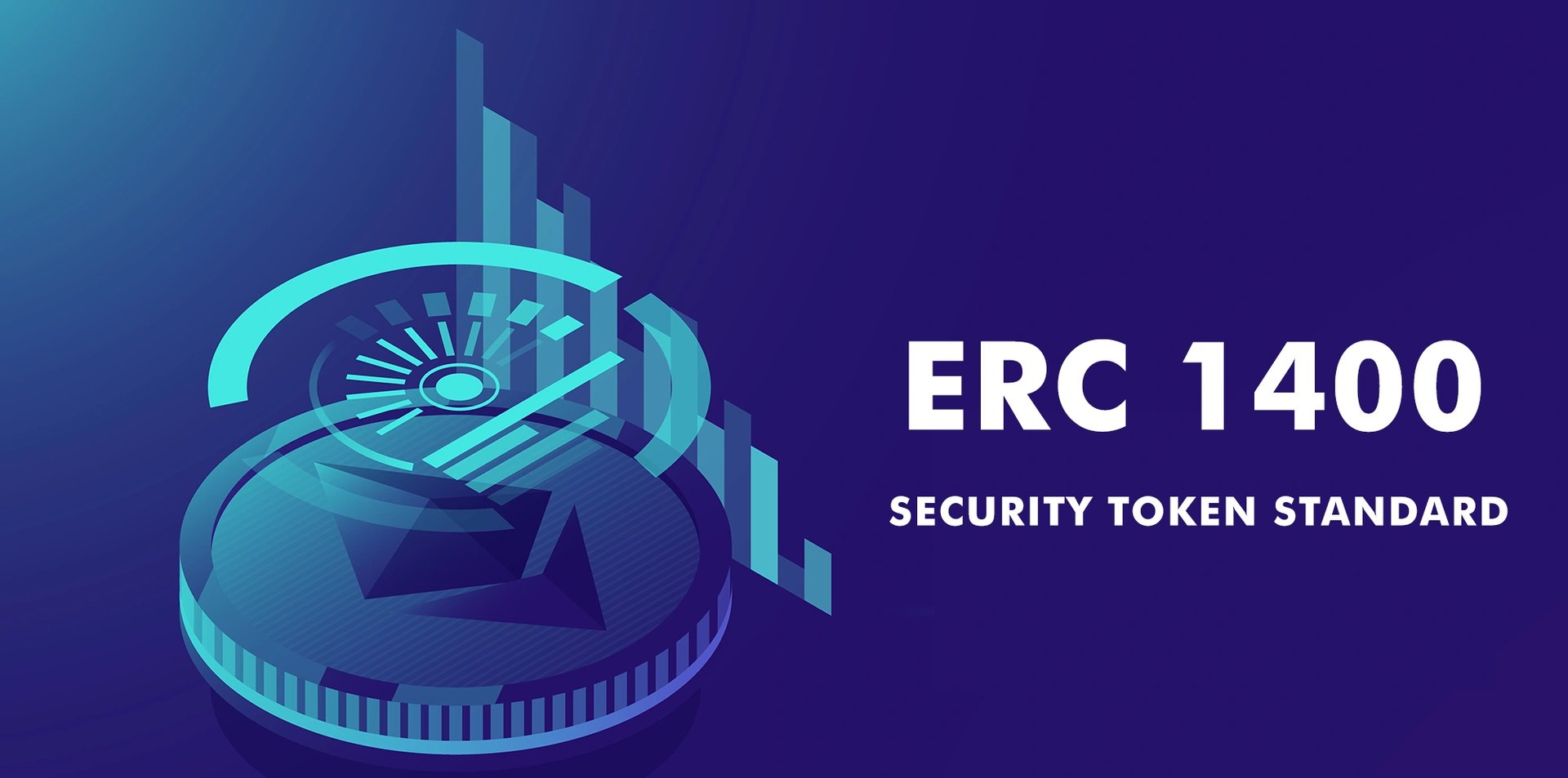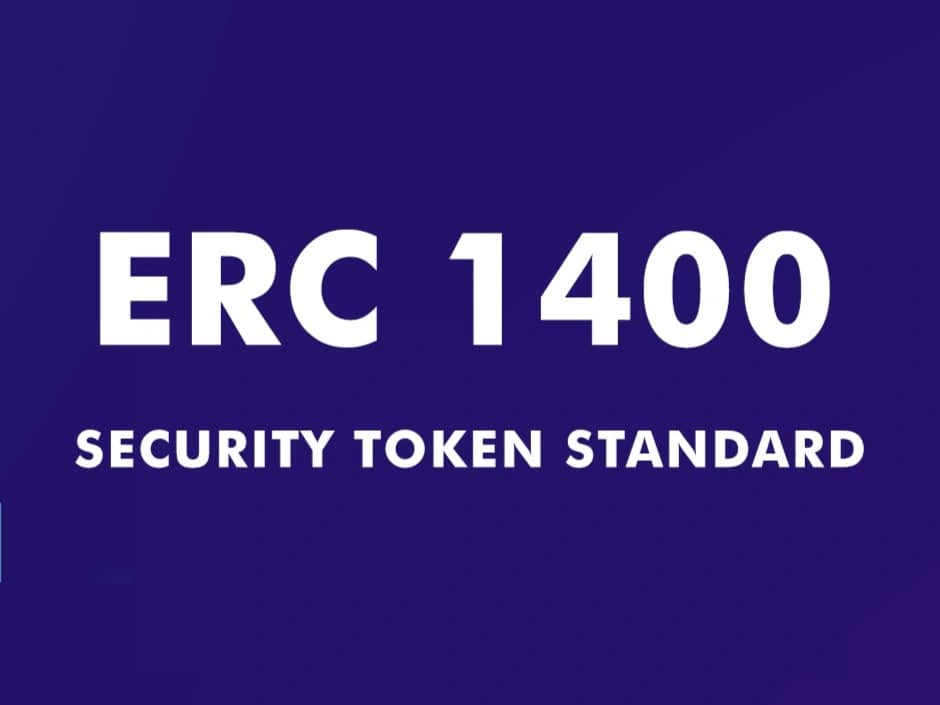Subscribe to wiki
Share wiki
Bookmark
ERC-1400
ERC-1400
ERC-1400 is a comprehensive security token standard on Ethereum that provides a unified framework for building, issuing, trading, and managing security tokens with regulatory compliance features built-in. [1]
Overview

ERC-1400 emerged from the need for consistency in security token implementation across the blockchain ecosystem. Developed as an extension of earlier token standards, it combines new and existing standards to create a cohesive framework specifically designed for tokenized securities. The standard builds upon Polymath's earlier ST-20 protocol, providing an extensible and flexible set of standards that address the unique requirements of security tokens.
Unlike utility tokens, which primarily serve functional purposes within applications, security tokens represent ownership in assets such as equity, debt, or real estate and are, therefore, subject to securities regulations. ERC-1400 was designed to incorporate these regulatory requirements directly into the token's functionality, ensuring that tokens can only be transferred when they meet all necessary compliance conditions.
The standard represents a significant advancement in the tokenization of traditional financial instruments, as it enables the representation of complex financial assets on blockchain while maintaining compliance with relevant securities laws and regulations. By standardizing the approach to security tokens, ERC-1400 aims to improve interoperability between different platforms and increase the adoption of security tokens in the broader financial ecosystem.
Technical Components
ERC-1400 consists of modular components that ensure compliance with security tokens, including transfer restrictions and regulatory checks. It allows for document management, enabling the attachment of offering memoranda, investor agreements, and regulatory filings. The standard includes controls such as delegated authority and forced token transfers for legal compliance. Unlike fully fungible ERC-20 tokens, ERC-1400 supports partial fungibility through token partitioning, enabling different security classes with distinct rights and restrictions. It also provides error codes that clarify transaction failures, helping users understand compliance issues such as failed KYC checks or ownership limits. [2] [4]
Key Features
ERC-1400 includes several key features that distinguish it from other token standards. It enforces transfer restrictions based on regulatory requirements, such as investor qualification, KYC/AML verification, geographic limitations, holding periods, and ownership concentration limits. The standard also allows forced transfers by authorized controllers, enabling court-ordered transfers, lost token recovery, regulatory interventions, and corporate actions like stock splits or mergers.
ERC-1400 supports partitioning tokens into categories with specific transfer conditions, facilitating different security classes, lock-up periods, voting rights, and regulatory requirements. Additionally, it integrates document management, allowing legal documentation accessibility, compliance with disclosure requirements, investor notifications, and audit trails for regulatory oversight. [3]
Benefits
The implementation of ERC-1400 offers significant benefits to various stakeholders in the security token ecosystem:
For Issuers
- Built-in compliance features reduce the risk of regulatory violations
- Support for various security types and regulatory frameworks
- Automated compliance checks reduce manual verification processes
- Ability to issue compliant securities to a global investor base while respecting jurisdictional restrictions [4]
For Investors
- Clear error messages when transactions fail due to compliance issues
- Better visibility into ownership rights through partitioning
- Regulatory safeguards built into the token itself
- Standardization may lead to greater exchange support and liquidity [1]
For Exchanges and Custodians
- Reduced technical due diligence burden as the standard provides consistent implementation
- Common interface across all ERC-1400 tokens
- Transfer restrictions enforced at the token level
- Standardized approach to security token operations [3]
Use Cases
ERC-1400 enables the compliant tokenization of various assets by integrating regulatory requirements into smart contracts. It is applicable across multiple industries, facilitating secure and efficient asset management while ensuring transparency and compliance.
The standard supports tokenized securities, allowing stocks, bonds, and funds to be traded while adhering to regulations. It enables real estate tokenization for fractional ownership and automated asset management. Asset-backed tokens can represent commodities, artwork, or physical assets while maintaining liquidity and compliance. ERC-1400 also applies to private equity, supply chain finance, intellectual property rights, and tokenized funds, ensuring secure and transparent ownership management. [3]
See something wrong?
